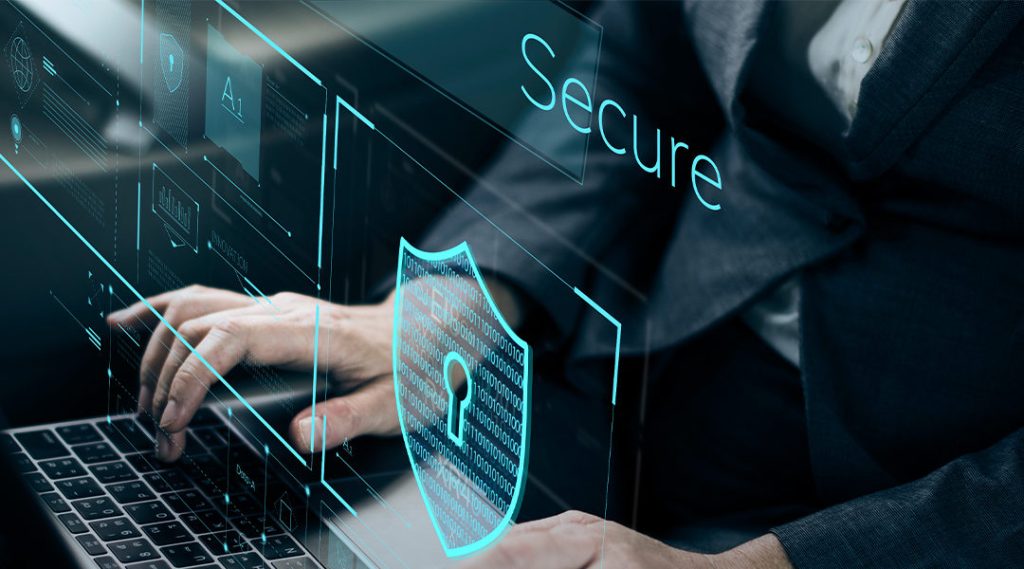Smart security systems have undergone a revolutionary transformation with the advent of advanced access control technologies, ushering in an era where security is not just robust but also intelligent. The traditional lock and key mechanisms are being rapidly replaced by sophisticated access control solutions that leverage cutting-edge technologies such as biometrics, RFID, and IoT. These systems provide a seamless and efficient way to manage and monitor access to physical spaces, whether it is a corporate office, residential building, or industrial facility. One of the key drivers behind the rise of access control tech is the need for enhanced security in an increasingly interconnected world. Traditional methods, such as PIN codes and magnetic stripe cards, are susceptible to breaches and unauthorized access. Biometric access control, on the other hand, offers a more secure and foolproof solution by utilizing unique biological traits likes fingerprints, iris scans, or facial recognition. This not only adds an extra layer of security but also streamlines the access process, making it quicker and more convenient for authorized personnel.

The integration of IoT technology has further elevated the capabilities of access control systems. Connected devices enable real-time monitoring and remote management of access points, allowing administrators to respond promptly to security incidents or changes in access permissions. This level of connectivity also facilitates the creation of intelligent access control systems that can learn and adapt to user behavior over time, enhancing the overall security posture. Moreover, access control tech goes beyond simply regulating entry and exit points. It offers a comprehensive approach to security by providing detailed audit trails and analytics. These systems can generate reports on who accessed a particular area, at what time, and for how long. This information is invaluable for security audits, compliance requirements, and investigations of san antonio access control system. The data-driven insights empower organizations to make informed decisions regarding security protocols, identify potential vulnerabilities, and optimize overall operational efficiency.
In addition to enhancing security, smart access control systems contribute to a more efficient and streamlined environment. They eliminate the need for physical keys or access cards, reducing the risk of unauthorized duplication or loss. Employees can also be granted customized access permissions based on their roles and responsibilities, ensuring that they have the right level of access to specific areas. This not only improves overall security but also enhances the workflow and productivity of individuals within the organization. As access control technology continues to evolve, the possibilities for innovation are boundless. From leveraging artificial intelligence for predictive threat analysis to integrating with smart building systems for a holistic security approach, the future of access control is marked by intelligence and adaptability. The rise of access control tech signifies a paradigm shift in how we perceive and implement security, ushering in an era where smart solutions provide not only protection but also efficiency and peace of mind.
